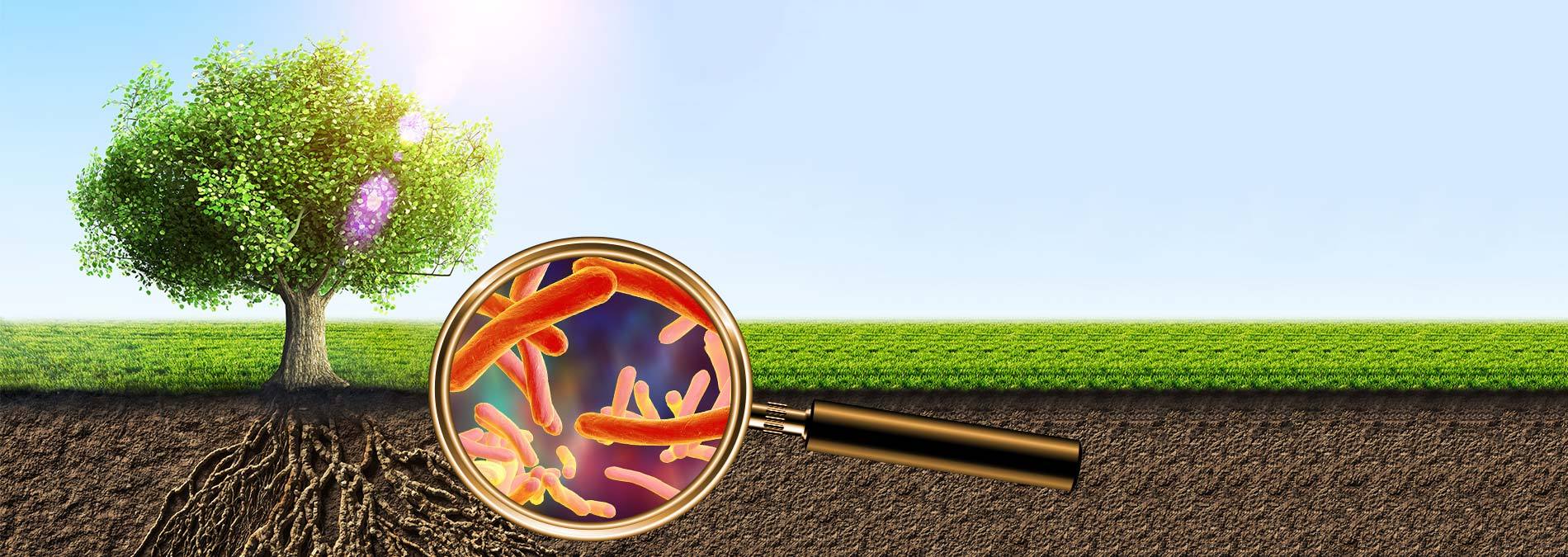Leverage nature’s very own life-force to maximize plant growth!
MicrobeFertilizer contains a blend of 35+ superior microbes at 2 trillion per gallon x 2 which are the foundation blocks of nature’s life-force.
MicrobeFertilizer contains trace minerals & electrolytes that are the building blocks for microbes to make more complex nutrients for the plants.
The trillions of microbes and enzymes in MicrobeFertilizer each have a special job in the soil’s “fertilizer factory” to create “In just 48 hours you have a “boom population”
MicrobeFertilizer is like having trillions of soil soldiers ready to get to work in the field for you the way nature intended.
Microbe Fertilizer Contents
EarthActivated Macro Nutrients such as Nitrogen, Phosphorus, Potassium, Magnesium and Calcium.
EarthActivated Micro Nutrients such as Manganese, Copper and Zinc.
EarthActivated Organic Nutrients such as Humic Acid, Amino Acid andProteins.
EarthActivated Enzymes – Enzymes are important because it catalyzesthe most commonly-used chemical reactions of plants and soil.
EarthActivated Microbes – A special selection of indigenous microbes (those that occur naturally in a given environment).
EarthActivated Microbes perform specific remediation tasks in the MicrobeFertilizer formulation, breaking down important nutrients and activating enzymes, making it bio-available and also activating soil into complete eco-systems.
How natures soil life works to feed plants
Organic matter into the soil:
- Plants die or shed leaves into the soil
- Roots and shoots sluff off material in the growth
- Animal waste contributes to the breakdown of organic material
Bacteria & fungi compost:
- Organic material is decomposed by microbes (bacteria, fungi, algae, and actinomycetes) with the help of certain arthropods (insects) and worms
- Microbes combine organic material (carbon) with minerals, proteins and electrolytes to create more complex nutrients
- General rule: in one gram of soil (1 cu centimeter) there may be 300,000 algae, 4 billion bacteria, 1 million fungi, and 20 million actinomycetes.
An even trade:
- Plants excrete exudates (plant sweat) from their roots
- Bacteria learn what nutrients the plant needs from these exudates
- The bacteria trade with the plants – nutrients for exudates
Root symbiosis:
- Mycorrhizal fungi form a symbiotic relationship with plant roots that aids plants in the uptake of nutrients from the soil and from bacteria
Soil “savings & loan:”
- Microbes consume and store nutrients from the soil and save them inside their cell walls for when the plants need them


